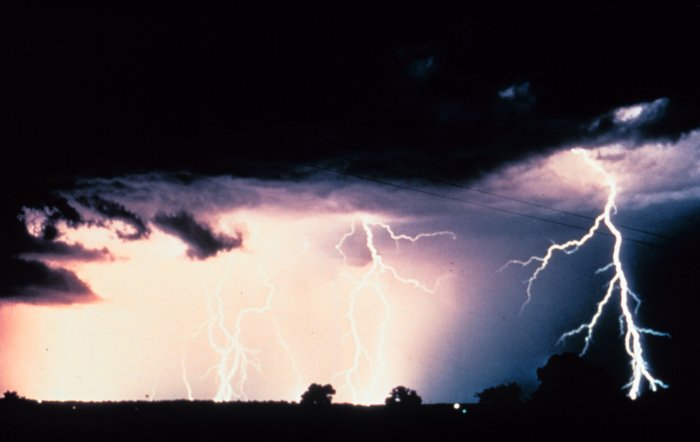|
Home
Project Evaluation
|
|||||||
4.1) Fueling a Thunderstorm* Scientists say that the energy in severe thunderstorms comes from the heat released when water vapor condenses into liquid. If a powerful thunderstorm releases 10 million kilowatt-hours of energy over the course of an hour, what volume of water must have condensed? 4.2) Bake Time** Hal has just finished baking his grandmother’s cake. His apartment is very hot, and he does not want the oven’s heat to make him any more uncomfortable, so he decides to put a pan of water in the oven to “soak up” the heat. When the oven and water are the same temperature, Hal pours the water outside on his garden. The initial oven temperature is 325o F, and has a volume of 0.968 m3. Inside the insulation, the oven consists of 24 kg of stainless steel. Hal puts in a pan of water at 50o F. The stainless steel pan has a mass of 600 g and holds 2 L of water.
4.3) Photosynthesis* Green plants have the incredible ability to trap energy from the sun by the process of photosynthesis. The general equation for this reaction is: light + 6CO2 + 6H2O -->C6H12O6 + 6O2 + heat. The average wavelength of light used in photosynthesis is 690 nm, and it takes 8 photons of light at a minimum to fix each of the 6 required CO2 molecules in glucose.
|
|||||||
Posted on 8/1/05 © 2000-2005 Physics For Everyone. All Rights Reserved. |
|||||||
